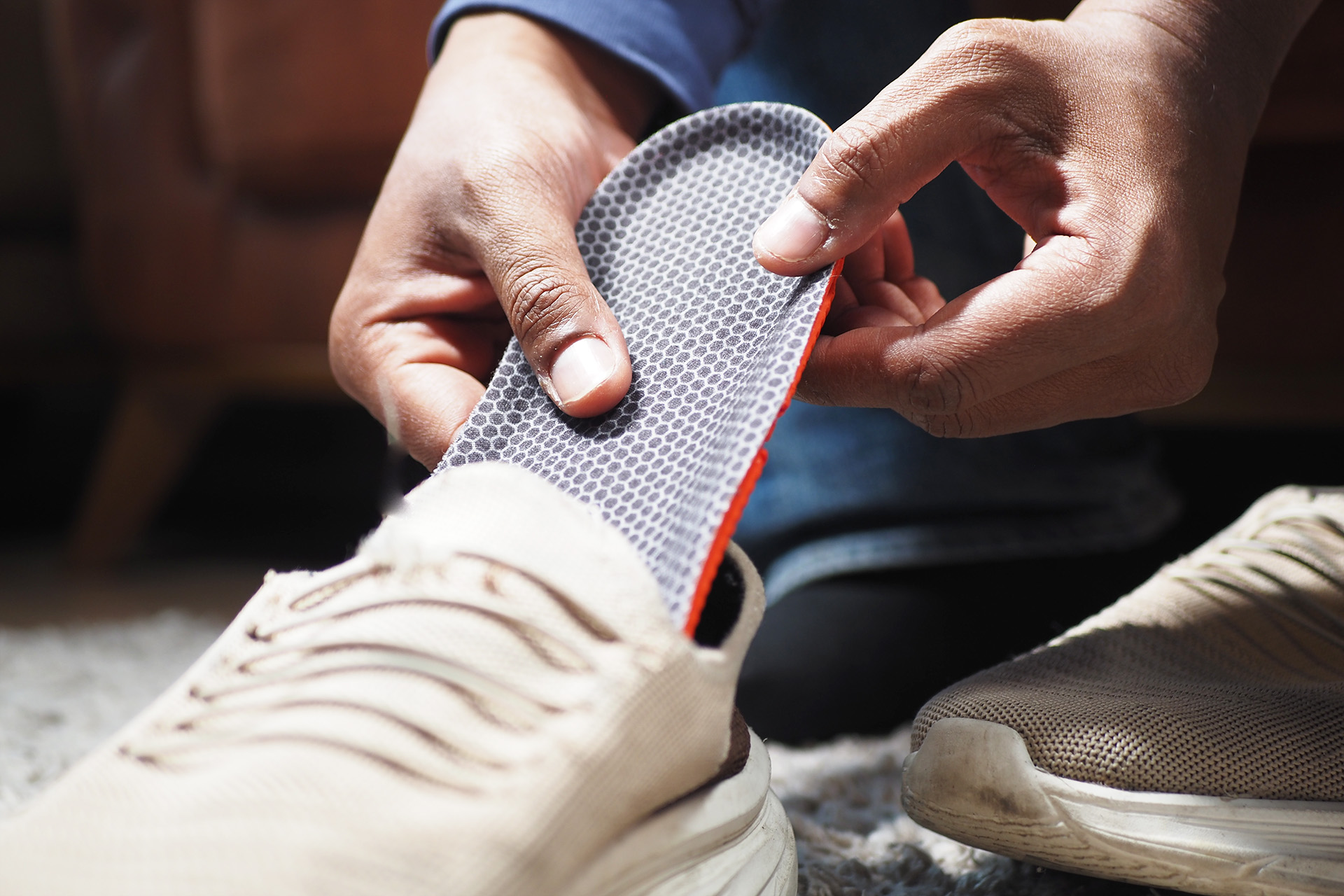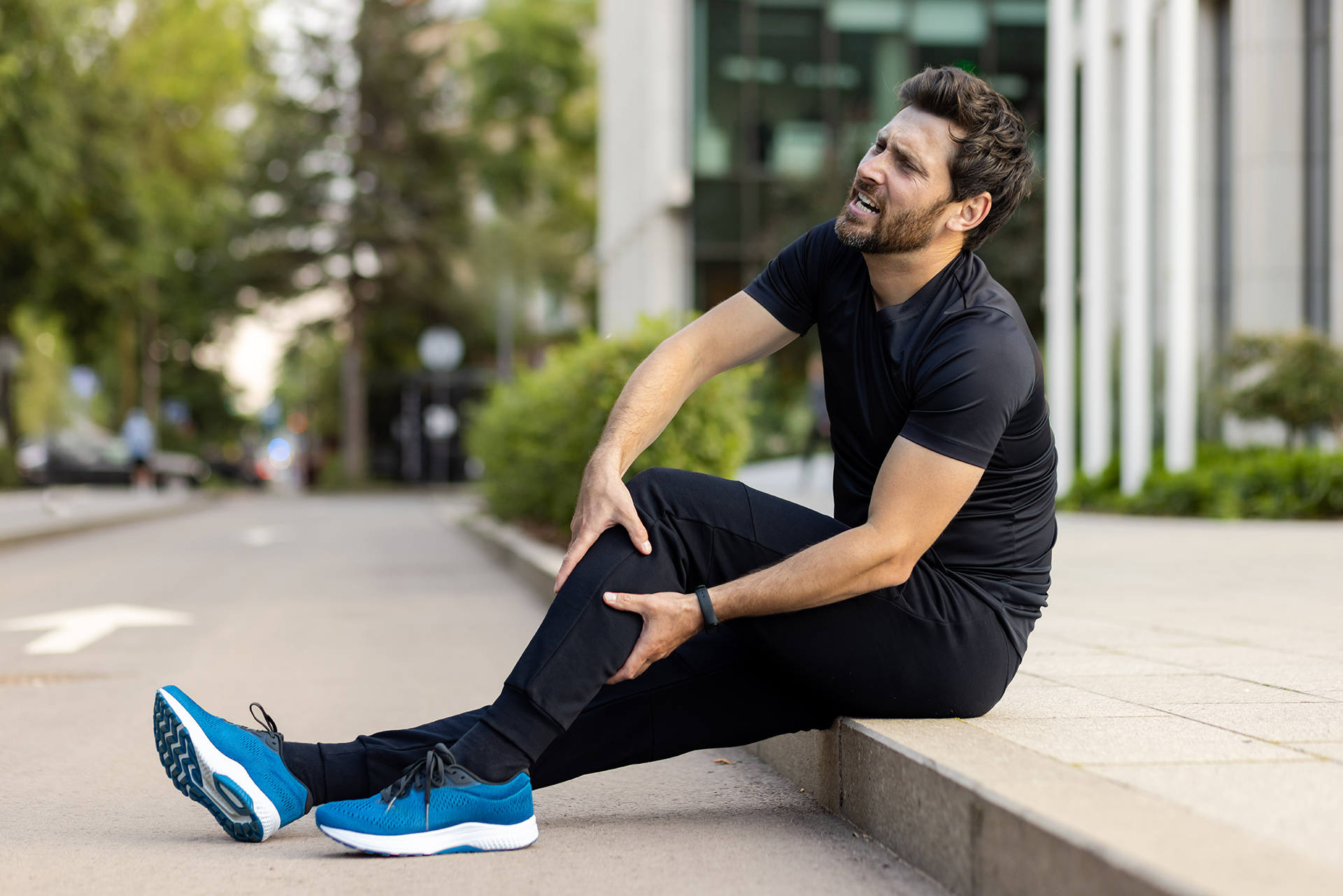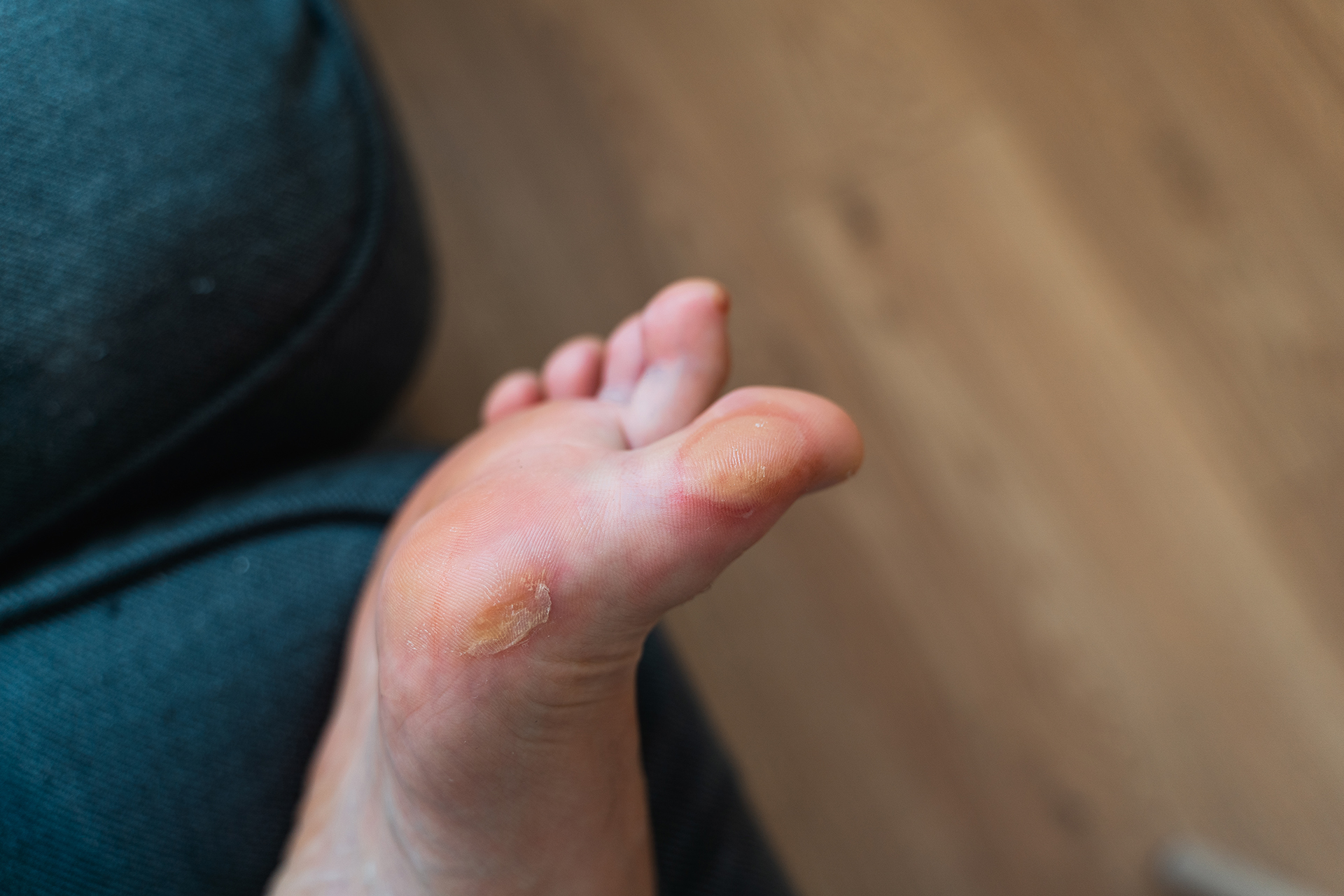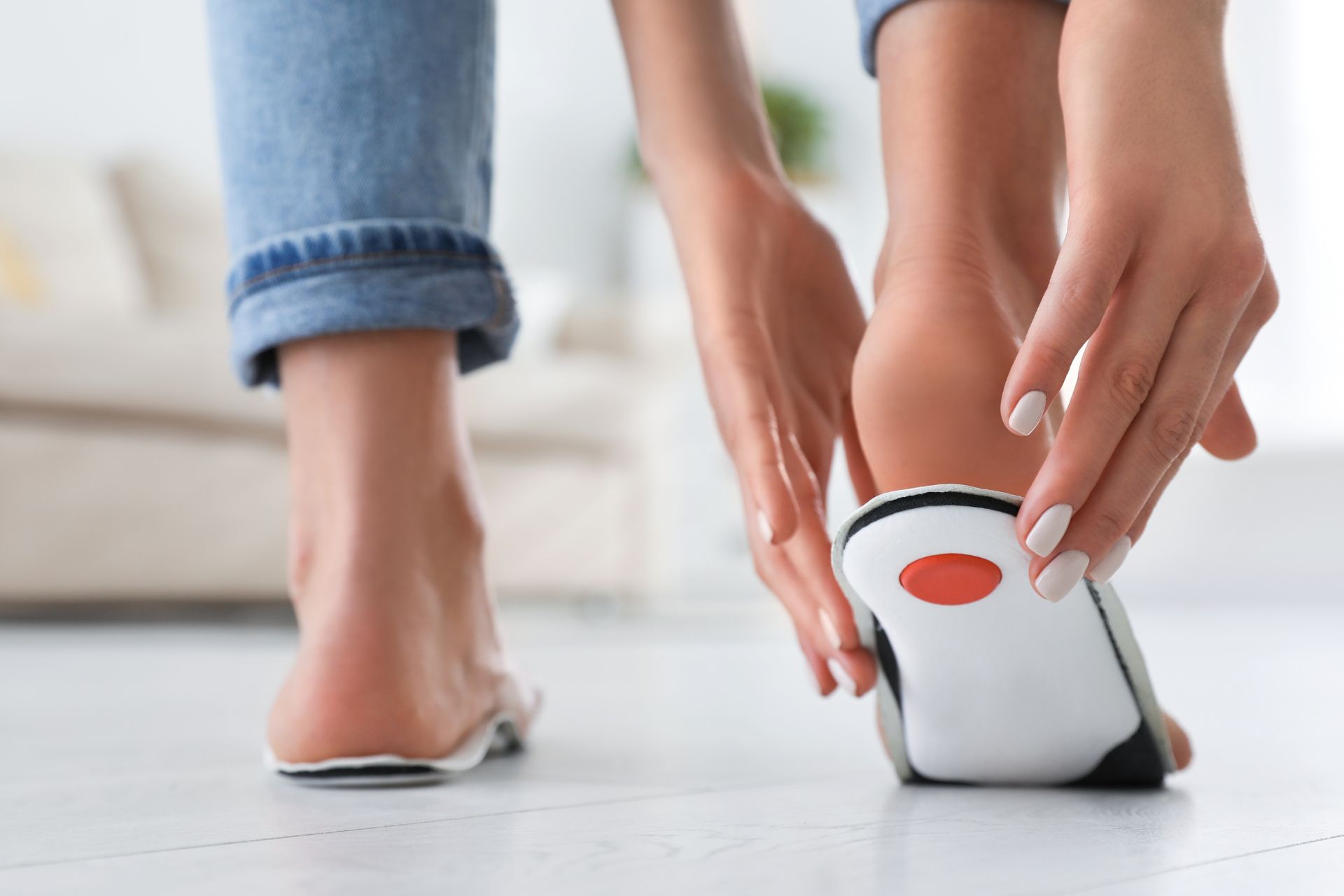A podiatrist observes the body in motion through gait analysis, measuring the forces in action and tracking precise movements within the body when you walk or run.
Gait analysis is essential because it helps a podiatrist or foot doctor locate the cause of discomfort. Pain in one area may be signaling that there is a problem elsewhere. For example, if a person has unnatural asymmetry, with the right leg longer than the left or vice versa, they may often find themselves limping or spraining an ankle. This is because the body overcompensates in other areas to accommodate muscle weakness.
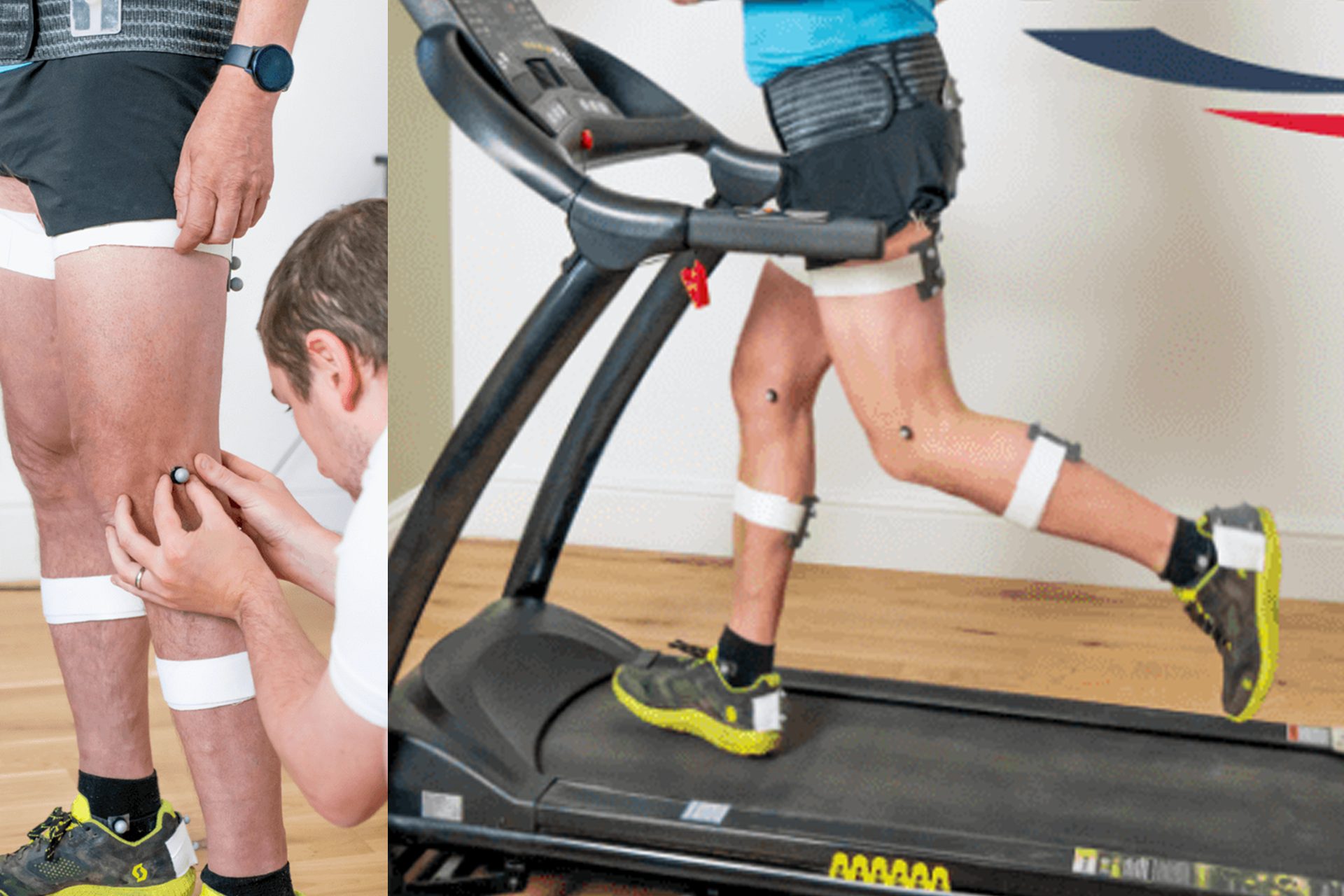
Learned behaviours are challenging to overcome, especially with something as commonplace as the mechanics of walking. A sprained ankle in the past may have made you afraid or shifted your weight balance, placing pressure on that foot. Over time, that can alter how you move, accumulating into “learned behaviour”.
Without proper assistance or care, these learned behaviours can become problematic for all of us, from walkers to runners, constantly overworking the affected muscle group, forcing the rest of the body to compensate. This can become a vicious cycle, where more problems arise, compounding injury onto the injury. A podiatrist can correct the imbalance with the right technology and proper treatment.
How We Use Gait Biomechanics to Inform Treatment
Gait analysis extends beyond mere observation to identify abnormalities. Even a 2D video gait analysis may not be enough to trace the source of the problem.
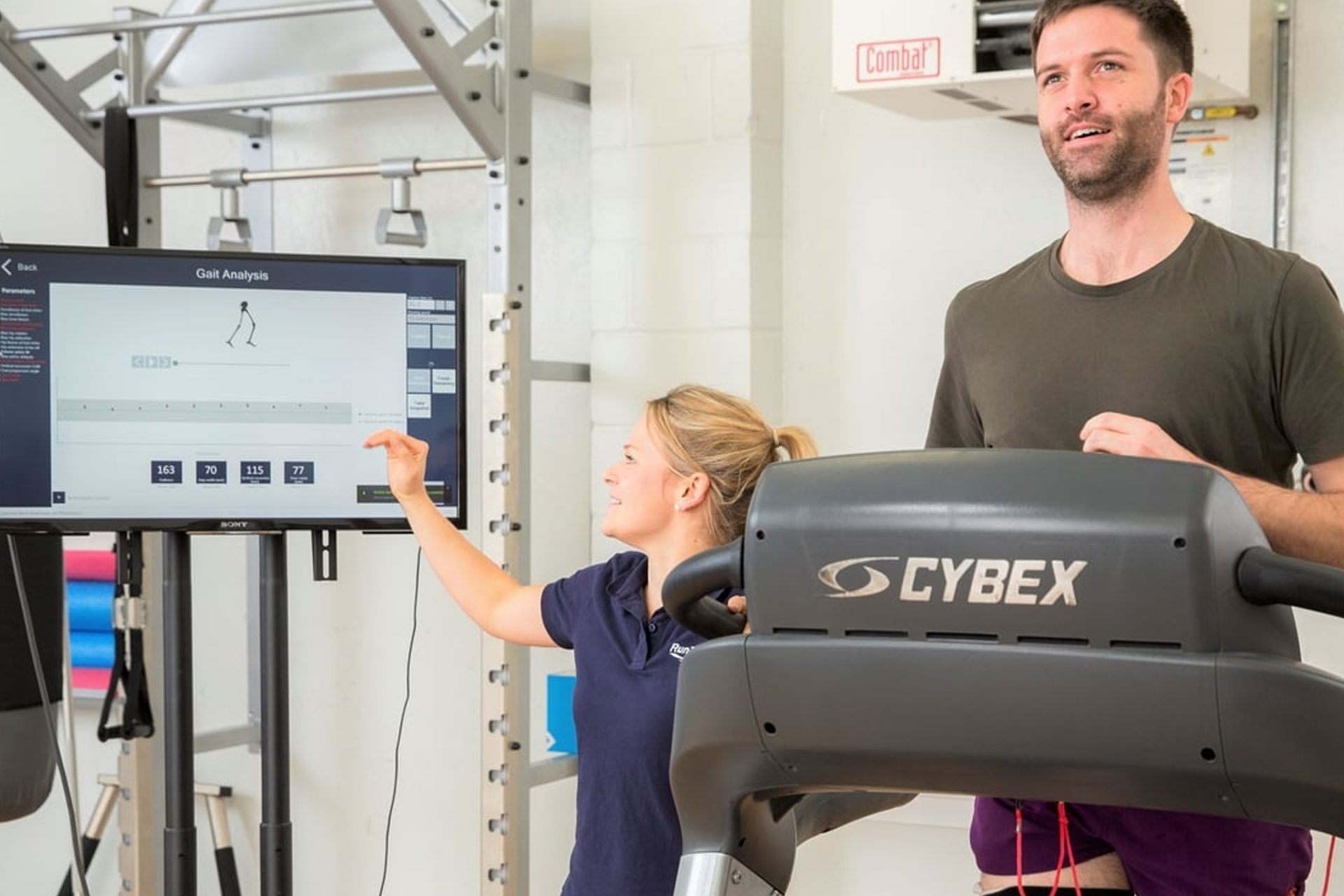
At The Foot Practice, pioneering 3D Gait Analysis in Singapore is used to precisely measure movement. We construct an incredibly accurate 3D skeletal model that depicts your gait by placing sensors on your body and using infrared cameras. This data is vital in creating a customised care plan to influence your foot’s function, such as through orthotic therapy.
How Orthoses Correct Improper Gait Patterns
After identifying the issue, our podiatrist tailors a treatment plan to correct the body’s learned behaviour. Sometimes, that means recommending shoes with more ankle support or providing you with a series of exercises to strengthen specific joints and muscle groups. One other method we frequently utilise at The Foot Practice is orthotic therapy.
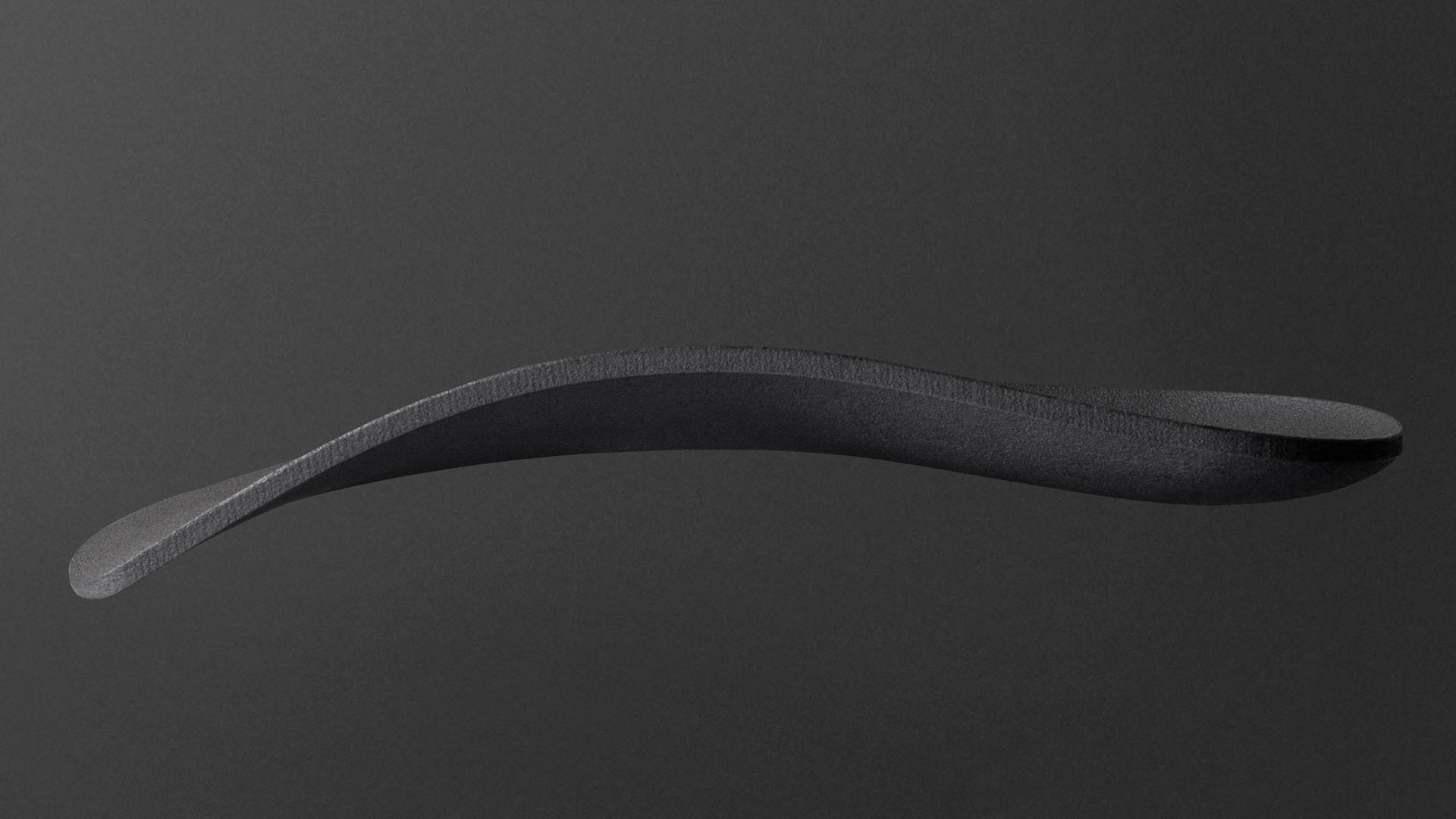
In orthotic therapy, custom-made insoles are slipped into your shoe to help correct pathological gait problems and faulty movements within your walk. These prescribed devices redistribute pressure away from the afflicted areas of the foot, providing relief and helping you return to regular performance in sports or daily activities.
Standard visual or 2D analyses cannot measure force, so with the precise gait data from our 3D model, our team can understand precisely how forces are distributed in your lower limbs and back. With cutting-edge 3D gait measurements, we’ll know exactly which parts of the foot need more support than others and design our orthosis devices accordingly.
Prescribed orthosis devices are custom-made to match the impression of your foot. We also provide footwear advice to consider what you already wear, so that the orthosis will slip neatly inside.
Podiatrists frequently employ custom orthoses to relieve foot pain and restore function in patients with severe foot and ankle injuries. They’ve also been shown to help with symptoms including arthritis in the knees and hips, as well as anterior knee pain and low back pain [1].
At The Foot Practice, we know everyone’s needs are different. That is why the gait analysis initial assessment is critical; it helps us gather 3D biomechanical data unique to each patient to manufacture custom insoles in Singapore.
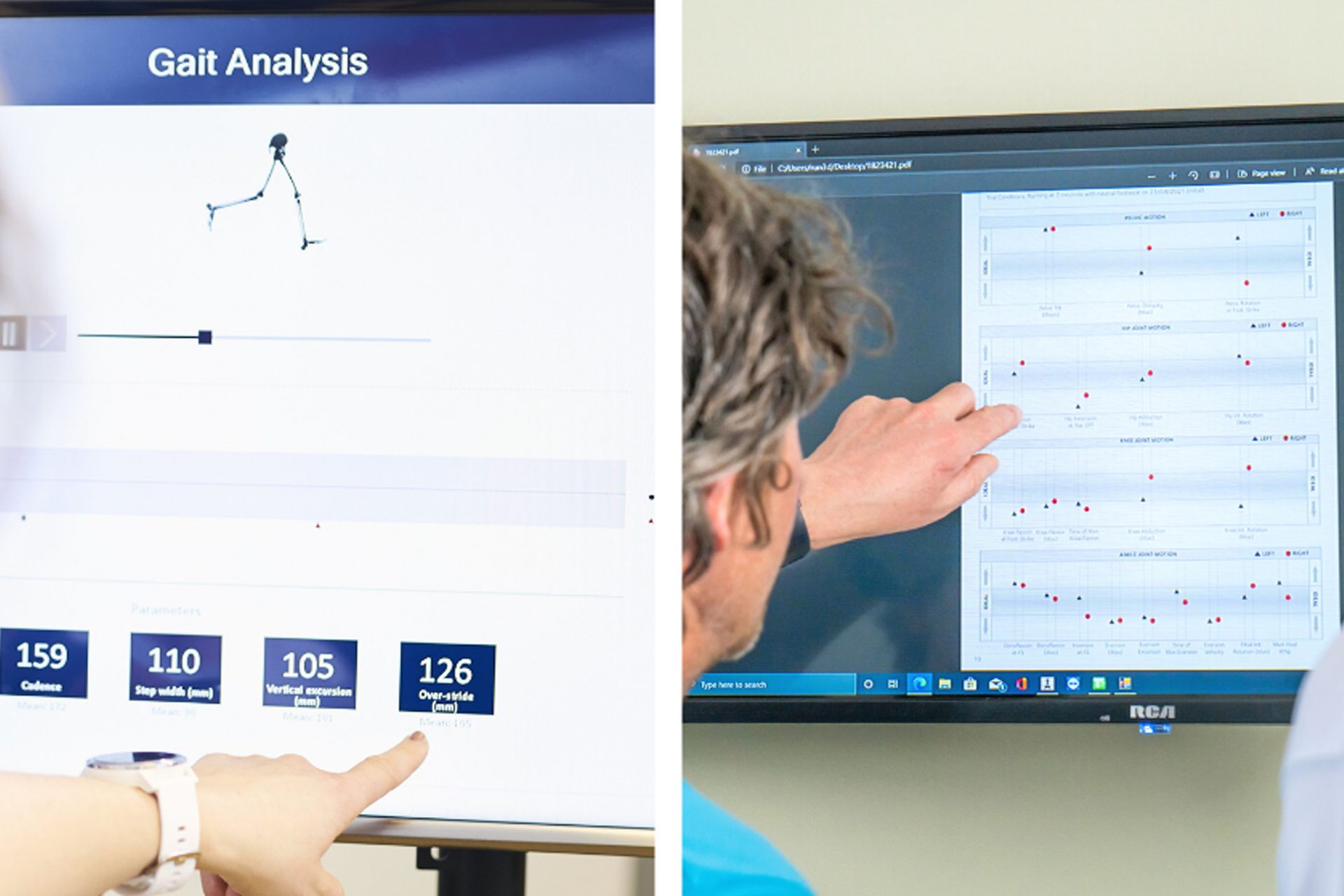
After you have taken some time to get used to your custom orthoses, we will conduct an in-depth follow-up session to assess your foot’s function and determine whether the gait retraining has had its intended effect. We can make any alterations, if necessary, and ensure you’re getting exactly what’s best for comfort, improved mobility, and even performance.
Our clinicians design a personalised strength and conditioning program to help you achieve your desired functional outcomes. This includes monitoring progress over time and ensuring the programmes achieve optimal outcomes throughout the treatment regimen.
The 3D technology used in The Foot Practice’s biomechanical assessment in Singapore provides a scientifically accurate gait assessment, allowing for more effective treatment. We can capture your movement patterns in all three planes at ankle joints, knees, and hips, utilising the 3D motion cameras and software system. This information, combined with the expertise of our specialists, will lead to a personalised treatment plan tailored to your needs.
Book an appointment today for a biomechanical assessment and orthotics gait analysis.


